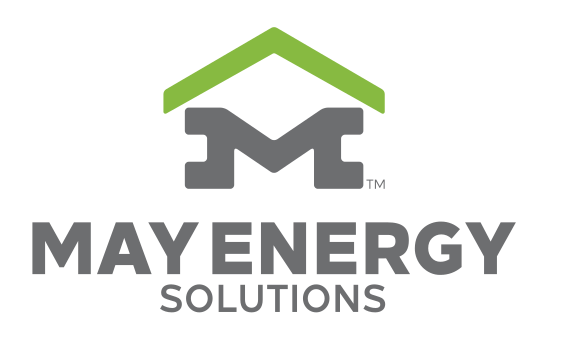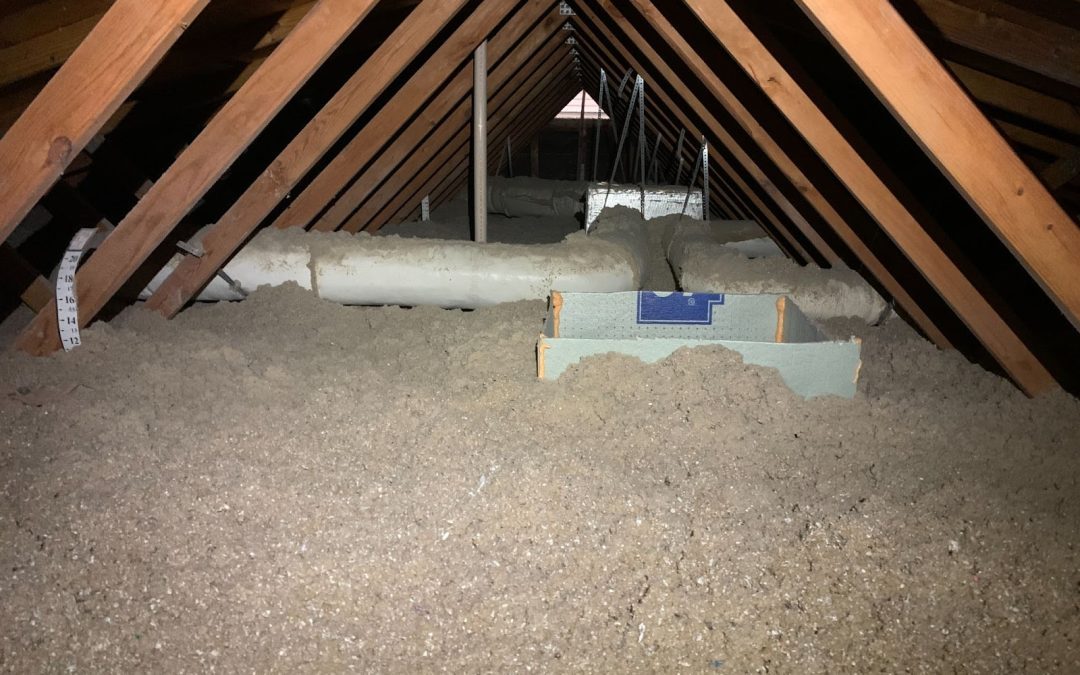When we think of home comfort, we often attribute it to plush furniture, cozy lighting, or advanced HVAC systems. But there’s one unsung hero quietly working behind the scenes, insulation. Acting as a thermal barrier, insulation regulates your home’s temperature year-round, keeping it warmer in winter and cooler in summer while reducing energy consumption.
The correct insulation, whether it’s spray foam in the walls, or fiberglass batts in the attic, greatly enhances soundproofing, energy efficiency, and indoor air quality.
In fact, the U.S. Department of Energy estimates that proper insulation can cut heating and cooling costs by up to 20%. If you’ve typed “home insulation near me” into your search bar lately, you already sense its importance. This article explains why home insulation is crucial for optimal building performance and how to select the right one.
How Insulation Works: The Science of Comfort
Understanding Heat Transfer
Insulation works by resisting the natural flow of heat, which moves from warmer to cooler areas. In winter, heat escapes your home; in summer, it tries to enter. Insulation slows this process by targeting the three types of heat transfer:
- Conduction (through solid materials)
- Convection (through air movement)
- Radiation (infrared heat transfer)
How Insulation Materials Perform
Common insulation materials, such as fiberglass, mineral wool, cellulose, and spray foam, trap pockets of air or gas. These trapped pockets reduce heat conduction and convection. The effectiveness of insulation is rated by its R-value, which measures resistance to heat flow. A higher R-value means better insulation. For example, an R-38 rating is often recommended for attic insulation in colder climates.
Benefits of Proper Insulation
Enhanced Thermal Comfort
Insulation creates a controlled indoor thermal envelope, maintaining uniform temperatures across all zones of the house. This minimizes cold spots, drafts, and overheating, particularly in areas like attics, basements, and exterior walls.
Moisture and Condensation Control
Advanced insulation materials, such as closed-cell spray foam, serve as both thermal barriers and vapor retarders, providing effective protection against heat transfer and moisture migration. This dual function prevents moisture buildup within wall assemblies, which can lead to mold growth, rot, and long-term structural degradation, critical in humid or variable climates.
Acoustic Performance Improvement
Dense home insulation materials, such as mineral wool and cellulose, provide excellent sound attenuation by disrupting sound waves and reducing the transmission of airborne noise between rooms and from external sources. This is especially beneficial for urban homes or multi-family dwellings seeking higher acoustic privacy.
Improved Indoor Air Quality
When paired with proper air sealing, insulation helps minimize the intrusion of dust, allergens, outdoor pollutants, and pests. It contributes to a healthier indoor environment, especially important in homes with occupants who have asthma or allergies.
Signs Your Home May Need Better Insulation
Uneven Indoor Temperatures
Inadequate insulation often leads to inconsistent room temperatures, warm upstairs and cold downstairs, or rooms that are always drafty. This occurs due to uncontrolled heat transfer and air leaks, especially in under-insulated attics, crawlspaces, or exterior walls.
High Energy Bills
A sudden or consistently high utility bill, despite normal HVAC use, is a strong indicator of thermal inefficiency. Heat escapes in winter and enters in summer, forcing HVAC systems to cycle more frequently, increasing energy demand.
Cold Floors and Walls
If interior walls, floors, or ceilings feel cold to the touch in winter or overly hot in summer, it signals low thermal resistance (R-value) in the building envelope. This typically indicates missing, compressed, or outdated home insulation.
Ice Dams on Roof
In snowy climates, ice dams form when attic heat melts roof snow, which refreezes at the eaves. This is a sign of poor attic insulation and ventilation, allowing heated air to escape and warm the roof unevenly.
Drafts and Air Leaks
Noticeable drafts near windows, doors, or baseboards, even when closed, indicate poor air sealing and insufficient insulation in wall cavities or rim joists, allowing uncontrolled air infiltration.
Frequent HVAC Cycling
If your heating or cooling system frequently turns on and off, it may be compensating for heat loss or gain through poorly insulated areas, indicating that you should contact an insulation contractor as soon as possible.
Choosing the Right Insulation for Your Home
THere’s how to choose the right type for your home based on climate, material performance, and installation quality.
Know Your Climate Zone
- Use Department of Energy (DOE) zone maps to find recommended R-values.
- Cold climates: Aim for an R-value of 49 or higher in attics and proper air sealing.
- R-Hot climates: A minimum attic R-value of 38 is recommended along with adequate attic ventilation.
Compare Insulation Materials
- Fiberglass batts: Affordable, R-3.0–3.8/inch, common in walls and attics.
- Blown-in cellulose: Affordable, dense, eco-friendly, R-3.2–3.8/inch.
- Spray foam (closed-cell): Higher cost but highest performance, R-6.5–7.0/inch, excellent air seal.
Get a Professional Assessment
- An energy audit using thermal imaging, blower door testing and a thorough attic inspection helps pinpoint exactly where insulation or air sealing is needed. Consult with a contractor for insulation for the best results.
Conclusion
Insulation is more than just a building feature; it provides the foundation for year-round comfort, lower energy bills, and a healthier home. From temperature regulation to moisture and sound control, its impact is substantial. If you’re a Texas homeowner looking for reliable “insulation companies near me” to upgrade your insulation, trust May Energy Solutions for expert guidance, precision installation, and long-term efficiency. We make homes smarter, healthier, and more energy-resilient.

